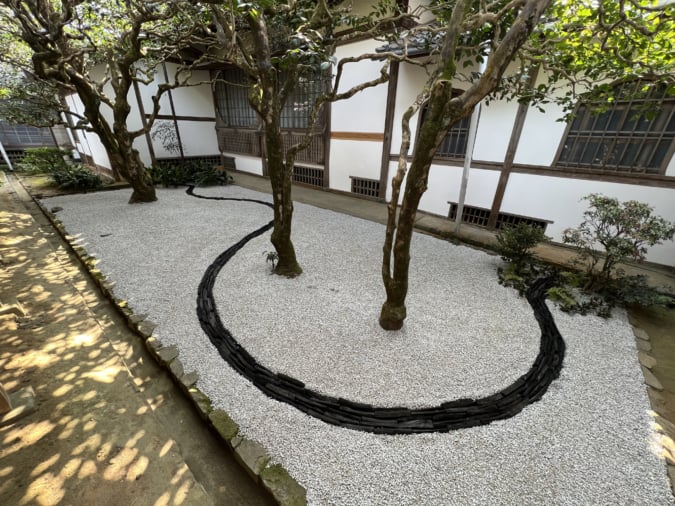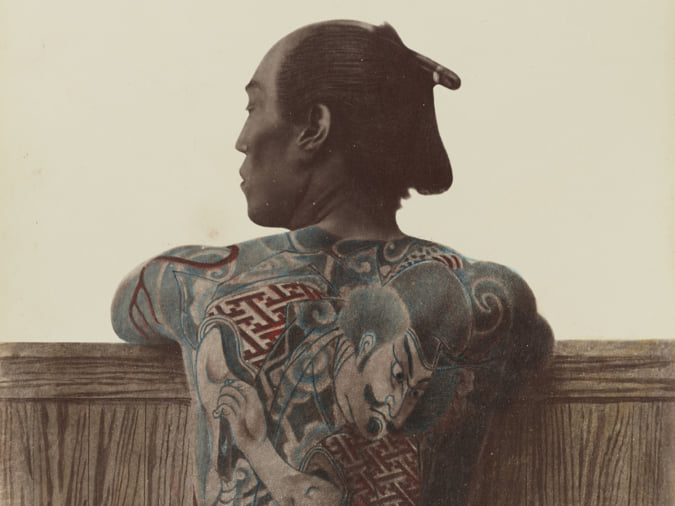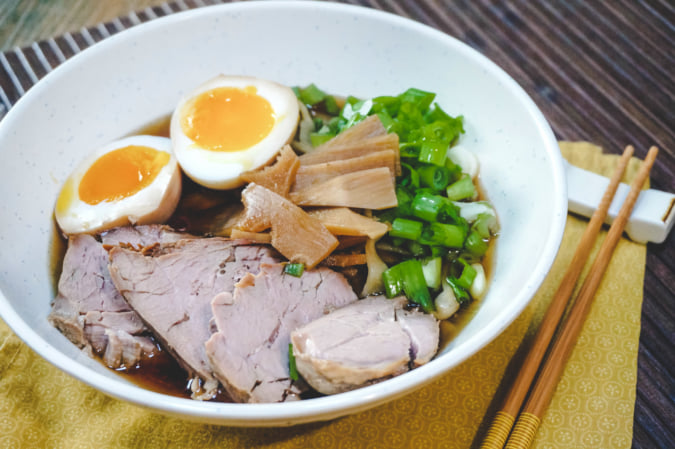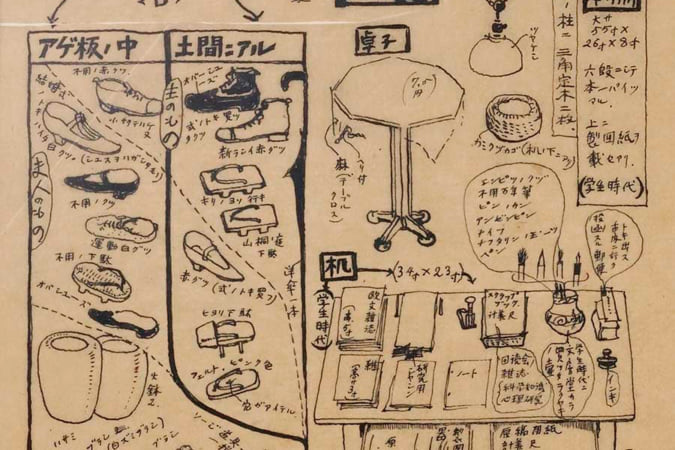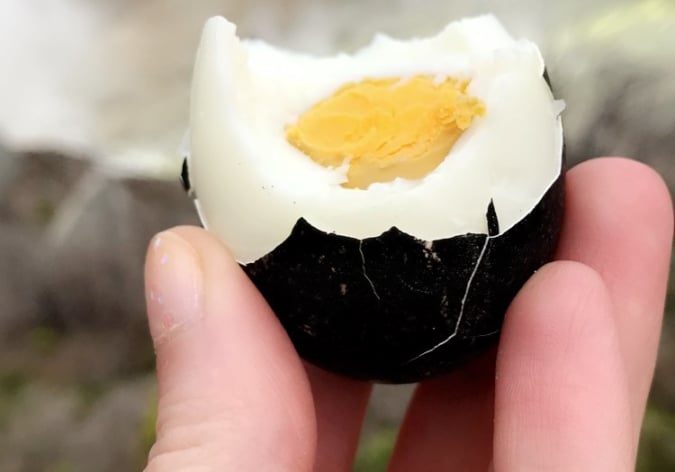Blurring Gender, by Eikoh Hosoe
In 'Simmon: A Private Landscape', the photographer presents an actor accustomed to playing female roles on stage to question identity.
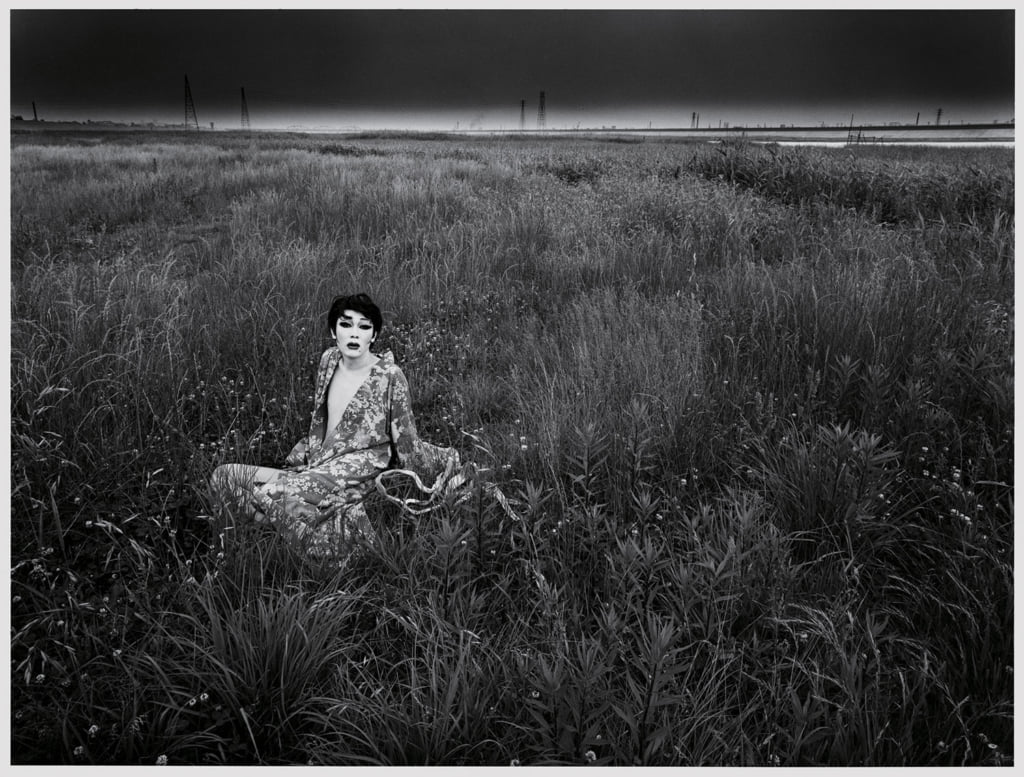
© Eikoh Hosoe courtesy of Akio Nagasawa Gallery
Ishikawadai Station in Tokyo is the starting point of the journey into an intimate world that Eikoh Hosoe presents in the photographic series Simmon: A Private Landscape. In front of the camera, the same person always appears: Simon Yotsuya, one of the leading actors in the Situation Theatre, an avant-garde troupe founded by Juno Kara. In this series of photographs, taken in 1971 before being compiled in a book of the same name, published in 2012 by Akio Nagasawa Publishing, the actor, who was accustomed to taking on female roles on stage, also appears here dressed as a woman.
Born in 1933, Eikoh Hosoe is an avant-garde artist who graduated from Tokyo College of Photography. His body of work, permeated by the omnipresence of photographs of nudes, gained international fame when he collaborated with infamous writer Yukio Mishima on Barakei – Killed by Roses.
Finding one’s place
His photographs reveal a visual narrative that questions both gender and relationships between the world—whether urban or natural—and its inhabitants. An underlying question runs throughout the pages: how does one find one’s place?
To illustrate this internal voyage, Eikoh Hosoe uses multiple angles, sometimes using close-ups to imprint on the image the expressions on Simon Yotsuya’s made-up face, and other times widening the shot in such a way that the actor is no more than a little dot lost in the middle of the city. In the final three photographs, he simply ceases to appear.
Simmon: A Private Landscape (2012), a book of photographs by Eikoh Hosoe, is published by Akio Nagasawa Publishing.
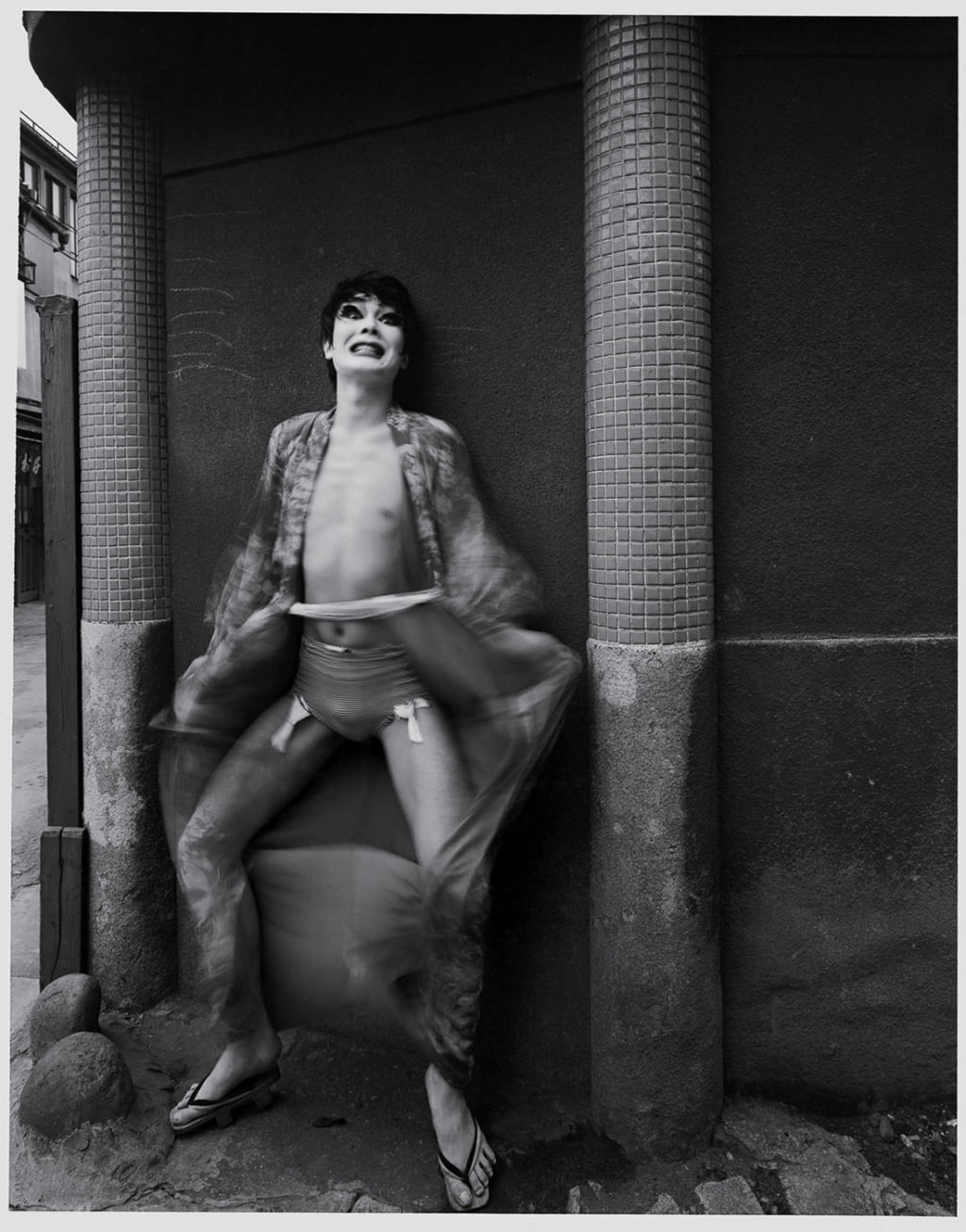
© Eikoh Hosoe courtesy of Akio Nagasawa Gallery
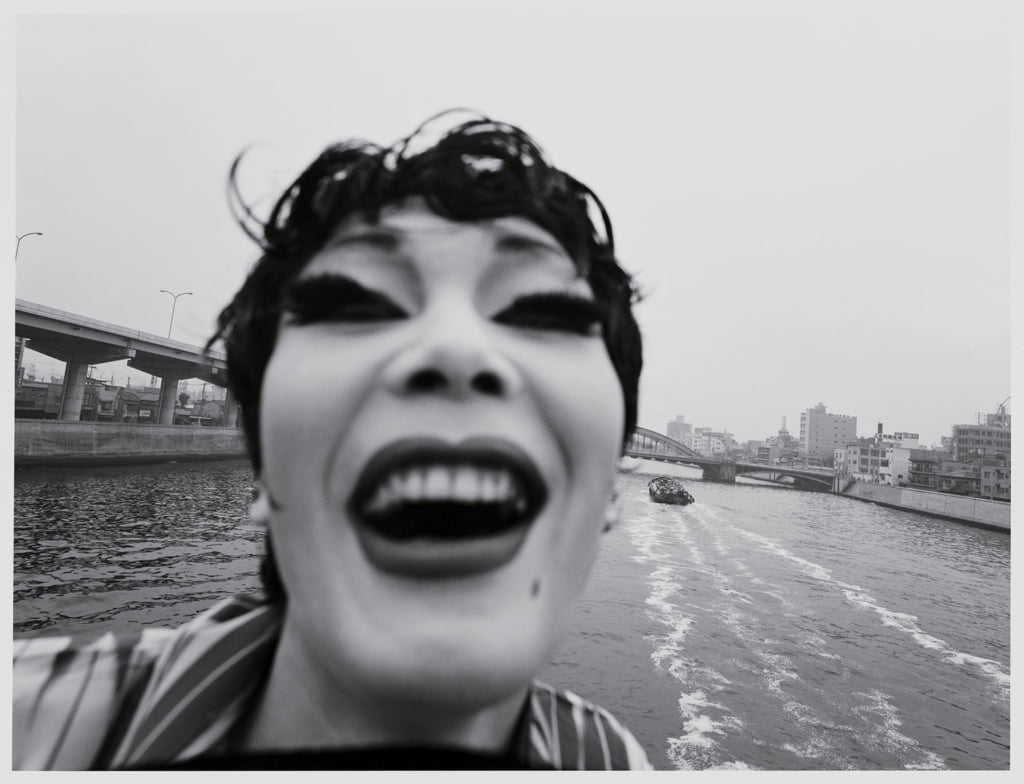
© Eikoh Hosoe courtesy of Akio Nagasawa Gallery
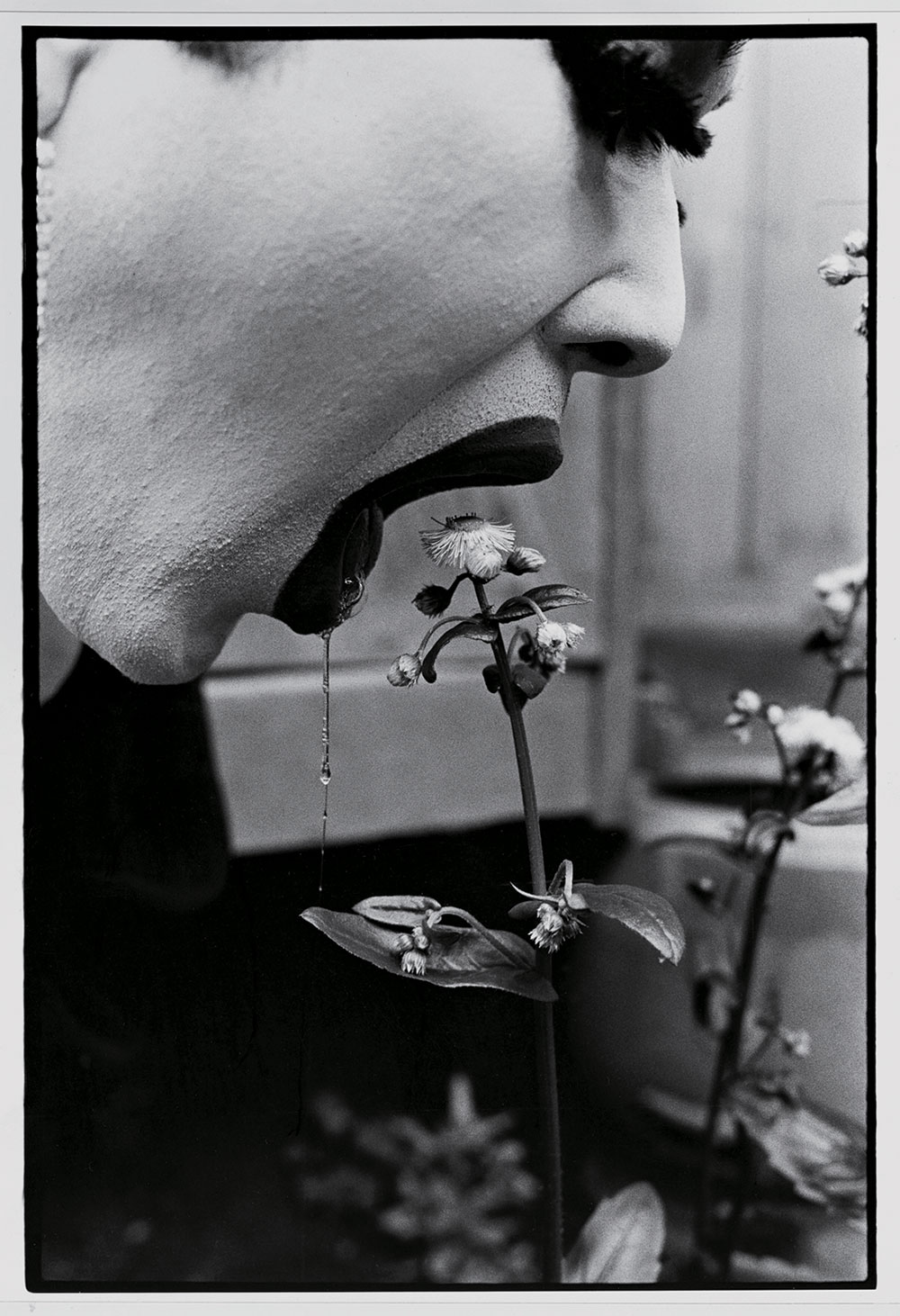
© Eikoh Hosoe courtesy of Akio Nagasawa Gallery
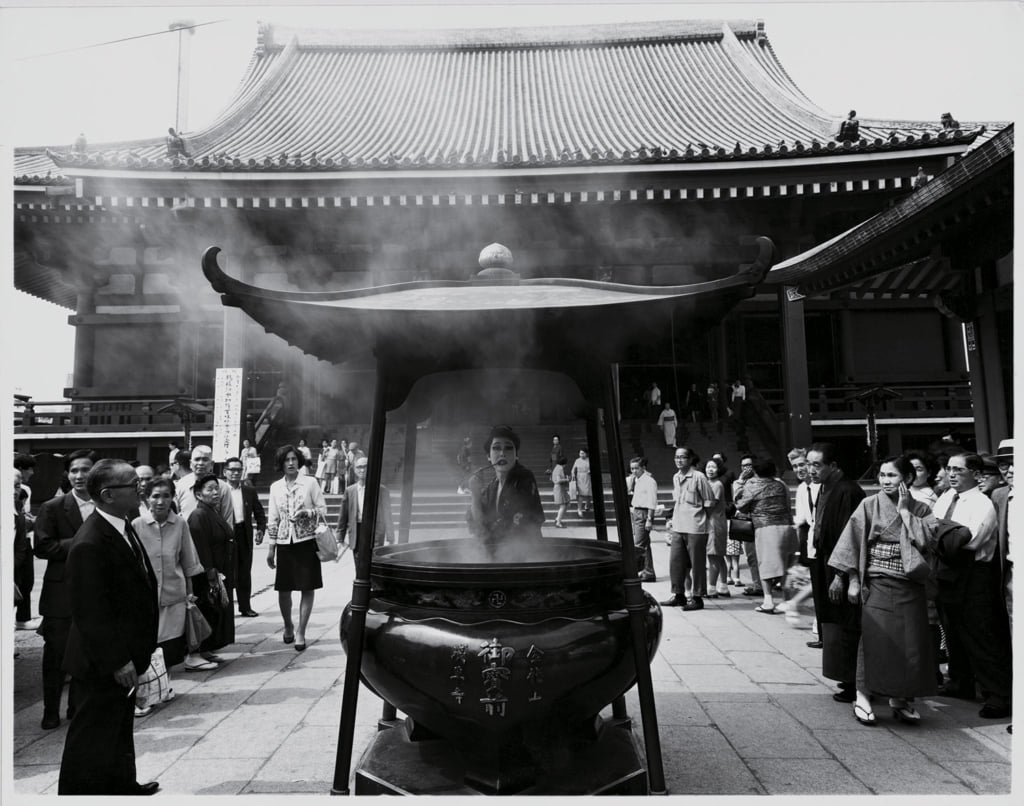
© Eikoh Hosoe courtesy of Akio Nagasawa Gallery
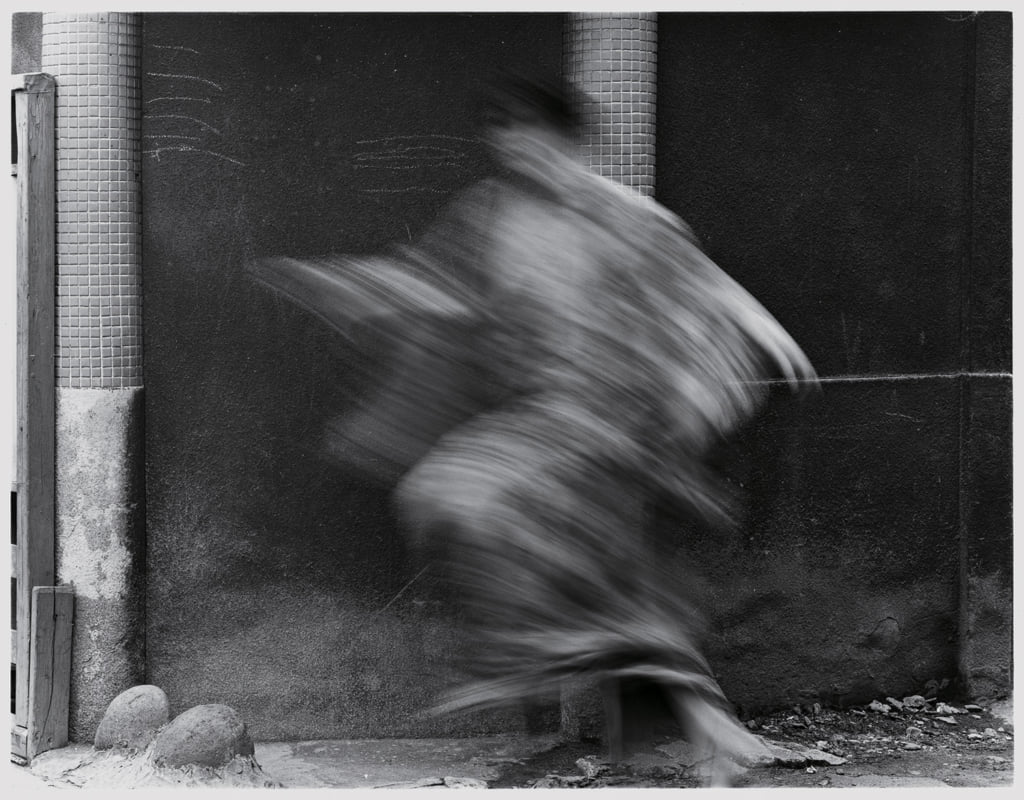
© Eikoh Hosoe courtesy of Akio Nagasawa Gallery
TRENDING
-
A Rare Japanese Garden Hidden Within Honen-in Temple in Kyoto
Visible only twice a year, ‘Empty River’, designed by landscape architect Marc Peter Keane, evokes the carbon cycle.

-
Colour Photos of Yakuza Tattoos from the Meiji Period
19th-century photographs have captured the usually hidden tattoos that covered the bodies of the members of Japanese organised crime gangs.

-
Recipe for Ichiraku Ramen from ‘Naruto’ by Danielle Baghernejad
Taken from the popular manga with the character of the same name who loves ramen, this dish is named after the hero's favourite restaurant.

-
Modernology, Kon Wajiro's Science of Everyday Observation
Makeup, beard shape, organisation of cupboards and meeting places: all of these details decipher 1920s Tokyoites.

-
The Tradition of the Black Eggs of Mount Hakone
In the volcanic valley of Owakudani, curious looking black eggs with beneficial properties are cooked in the sulphurous waters.

